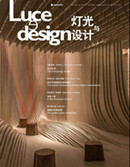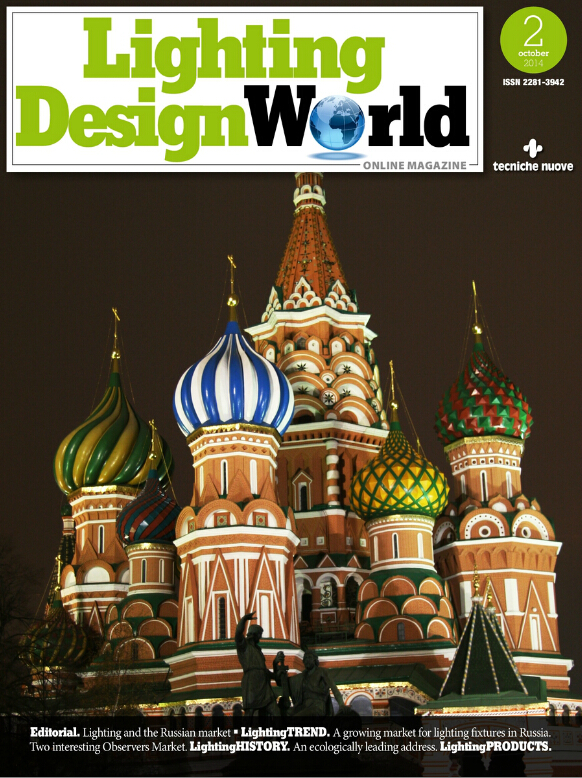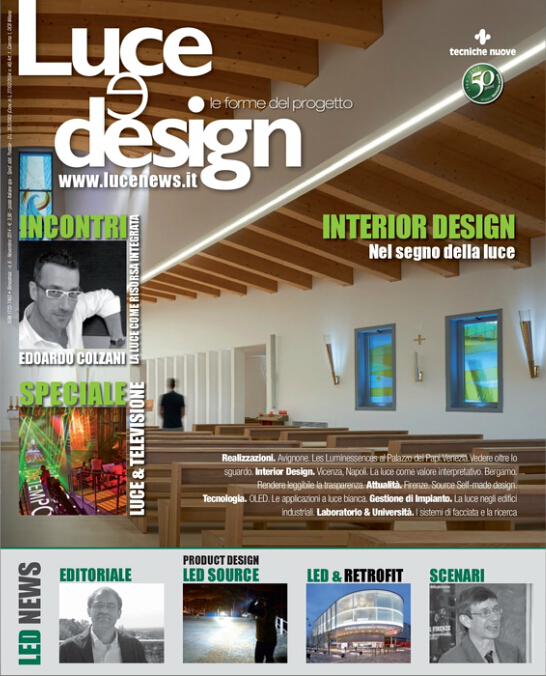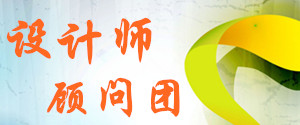设计与技术的发展改善了人们的生活质量,其中之一便是人工照明。
人工照明在一定程度上为人们的生活提供了安全保障,譬如停车场照明,无论是开放空间还是地下停车场,当我们看完电影后去停车位时,该空间的照明都是极其重要;宴会厅的照明则凸显了功能性,参加婚礼的客人们想在宴会厅看到或听到关于婚礼的一切;此外,商业照明也可以吸引并引导店里的顾客选择正确的物品。
但是,设计与技术也有缺憾。人工照明在一定程度上影响了我们的生存环境。据调查,美国22%的能源消耗用于照明,其中,8%用于公共户外照明,向来受大众欢迎、被认为是节能的荧光灯也会造成严重的汞污染。光污染是一种在错误的时间在错误地点发生的错误元素,例如,多媒体宣传广告,甚至是安装在桥梁上的测速照相机夜间会影响司机的视线。动物园里夜晚利用灯光以吸引顾客游玩。还有一些上照光,没有全部用来照明,很浪费,反而造成了一个视线的“白内障”,同时危害臭氧层,给环境造成污染。
随着春天远去夏天来临,人们越来越期待一个满天繁星的夜空。如果你不能看到,国际暗天空协会可以给你帮助。由于没有灯光的污染,亚里士多德、伽利略还有哈勃,用他们那个时代最为先进的设备都可以观赏到的令人振奋的银河美景。
Design and technology bring improvements in quality of human life. Among those is artificial lighting.
Artificial lighting certainly brings a sense of safety such as parking lighting whether open air or underground when trying to find a car parked after watching a movie. It is functional in ballrooms where guests attend a wedding party and want to see and listen to the newly wed on the stage. It can attract and direct people to find the right gift in a shop.
On the other hand, design and technology also have drawbacks. Artificial lighting impacts the environment where we all live.
Twenty two percent of all energy generated in theU.S.is used for lighting, with eight percent of that used for public outdoor lighting; popular fluorescent lamp sources are said to be energy efficient, but they also contain extremely polluting mercury. Light pollution is an unwanted element spilled on an unwanted area at an unwanted time. It takes the form of a multimedia advertisement or even a light for a speed camera installed on a bridge impacting drivers’ vision at night; it can be zoos attracting visitors for a night time safari. It is also the light from inefficient sources diffused all around and mostly upward, just like the ones on some avenues inChinacreating a doming cataract imprisoning cities and accompanying a dangerously thinning ozone layer.
As spring moves into summer in this hemisphere, try watching a clear starry night. If you can’t ,the International Dark-Sky Association may help. What an amazing experience it must have been to be able to observe the Milky Way, no matter it was Aristotle, Galilei or Hubble using devices that were as advanced as technology permitted during their respective era.



































